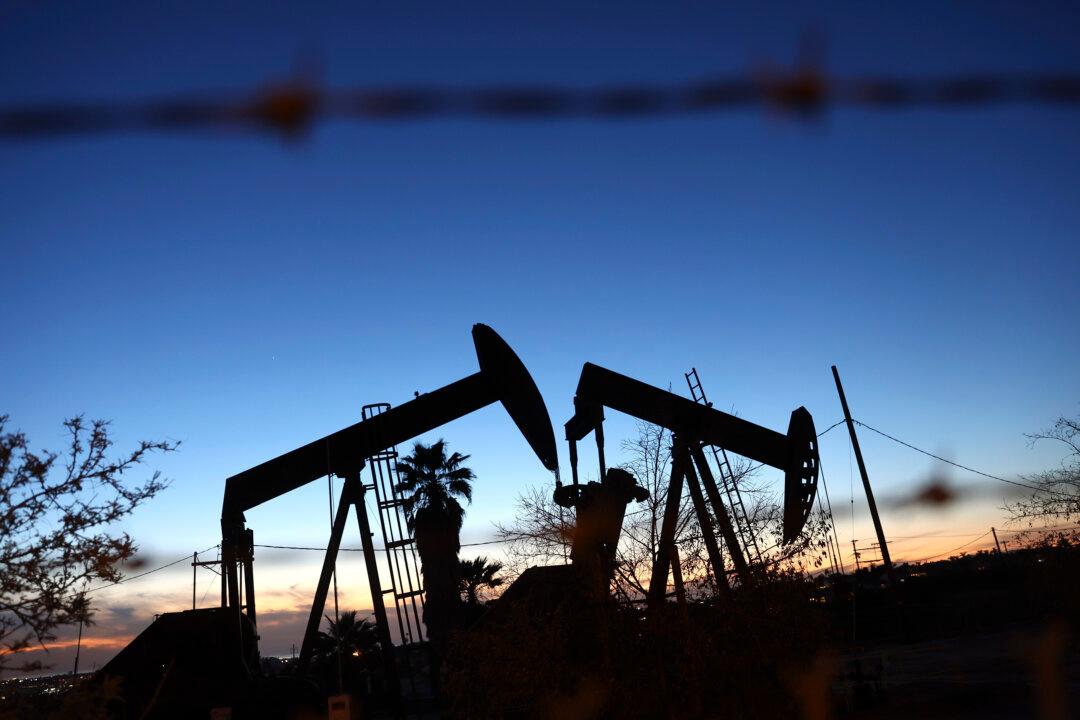The United States is poised to remain a net crude oil importer in 2022 for the second consecutive year, the Energy Information Administration (EIA) stated in a new report.
The world’s largest economy is projected to import an annual average of 3.9 million barrels per day (bpd) this year, according to the February 2022 Short-Term Energy Outlook report. It also projects that net import volumes will decline to 3.4 million bpd in 2023.





